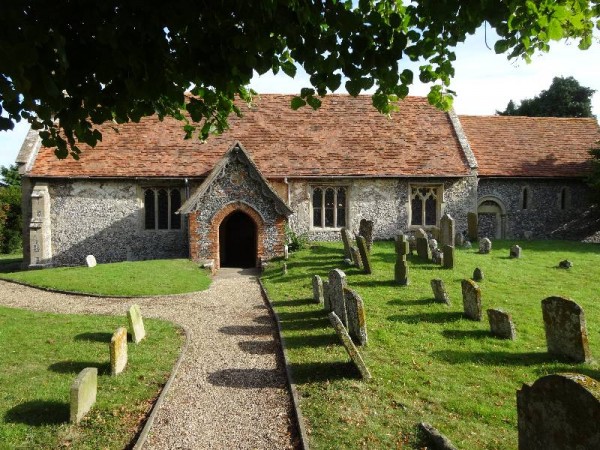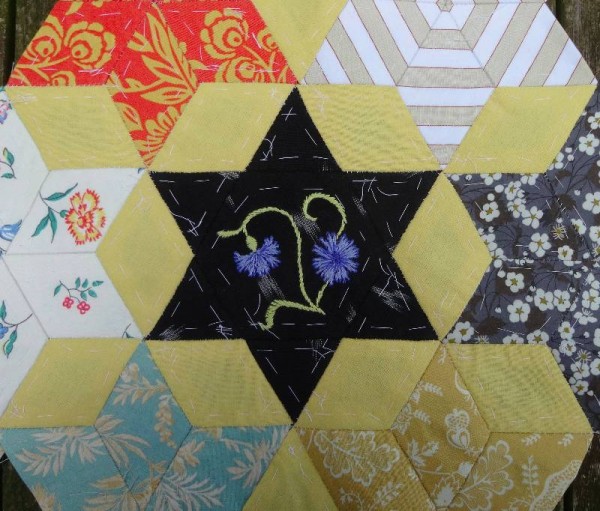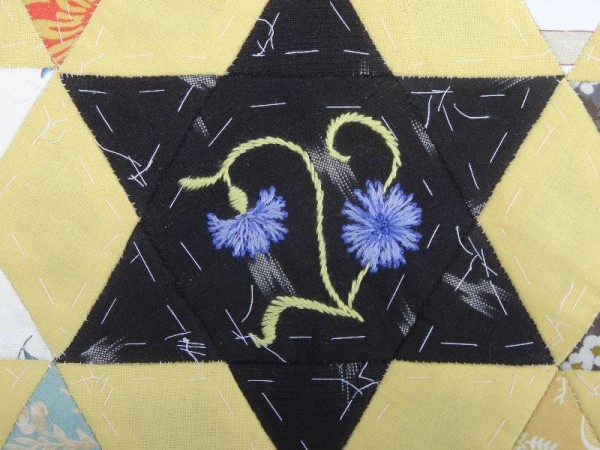Tonight Ipsden Church appears as the setting for just one of the 3 diaries featured in ITV’s ‘On the Home Front. The Great War – The People’s Story” (9pm ITV 1). The short drama is based on the diaries of a country vicar, the Rev. Dr Andrew Clark and I thought it worth saying a bit about this interesting man – one of life’s great ordinary people. He held degrees from St Andrews and Oxford University and after ordination seemed settled for an academic life as Chaplain of Lincoln College and vicar of 2 Oxford churches – All Saints on the High (deconsecrated in 1976 and since then Lincoln College’s Library) and St Michael at the Northgate in Cornmarket. Having historical and literary interests, he edited John Aubrey’s ‘Brief Lives’ and diaries and texts by the antiquarian Antony Woods for the Oxford Historical Society; for the Early English Text Society (E.E.T.S.) he edited the English Register for Osney Abbey. Both series mentioned are almost solely to be found in academic libraries being available only by subscription. I was fortunate to come across their entire runs during Balliol Library’s recent mammoth upheaval (as the rare books, etc departed to a new home) and I was able to scan through the contents of the volumes as I added our holdings to the Oxford catalogue. Such books are the nit nurse’s report on history. They are rarely asked for but when they are the reader often departs overjoyed by the treasure trove they have been handed. (For example, the latest volume published by the Oxford Historical Society is ‘The Warden’s Punishment Book of All Souls (sic) College Oxford, 1601 – 1851″. We had a few laughs about this one and what was even funnier was that one colleague even greeted it with unrestrained delight, although that was because she had previously worked at All Souls in the library during the book’s gestation. I know, I know, I digress too far, too much too boring information).
To return to Clark, it seems Clark’s wife didn’t enjoy the academic life, so in the interests of marital harmony in 1894 he became rector of Great Leigh in Essex (in the patronage of Lincoln college where he had been chaplain). He could have vegetated quietly here but having lived with the work of the eccentrics Wood and Aubrey so closely and for so long he realised how much of interest could be gleaned from documenting everyday life with its invaluable mixture of gossip, hearsay and conventional wisdom. Nothing was too trivial or ephemeral for him to record. After Germany invaded Belgium (4 August 1914) he dutifully and systematically (exhaustively and no doubt exhaustedly) collected and collated information in the following way. (The box below is taken from here.)
|
The diary covers 1,793 days (sometimes more than one entry a day) from the German invasion of Belgium to the signing of the Versailles Treaty. His full diaries extend to 92 exercise books and more than 3 million words. That they are now to be found in the Bodleian Library is down to the foresight of Bodley’s then Librarian who appreciated the value of such work and arranged for the diaries to be taken into the library volume by volume as each was completed.

Church Street North Stoke
(used as the village Street in the ITV documentary about Rev. Dr Andrew Clark
Clark also collected what he called clippings (press cuttings/pamphlets/printed ephemera) from which his ‘English Words in War Time’ was culled. To my surprise he was the first to document and define the use of the term ‘fog of war’ which he notes was much in use in the press from August – October 1914. ‘Lie-factory’ (a place that manufactures falsehoods), ‘decking out’ (in the sense of exaggerating) and ‘word pictures’ were among other phrases he noted the use of before the OED were alerted to them.
The diaries also document a growing wave of sadness as men leave the village and some make no return.Out of 600 people, 72 went to war; 19 never returned. (This is not dissimilar to Ipsden where out of a population of 652, 16 did not return; I have no figure for the number that went to war.) The diaries document the trauma of war felt both by the the village collectively and by individuals as the rector’s dry humorous tone deepens into sadness accordingly.
I never cease to be amazed how topics I try to cover in this blog have resonances back to what is happening in my own life. Having worked for the college for 6 years (twice as long as I was at my own college, LMH), I always look for a Balliol connection and wouldn’t you know it, there is one. Andrew Clark matriculated* at Balliol but was offered a scholarship at Lincoln and promptly understandably hied himself there. Secondly, what is my husband at present reading to me while I stab my way through multiple wedding monograms? – why nothing other than Aubrey’s ‘Brief Lives’ the humour of which I have to admit sometimes passes us by completely. (Our fault probably – we undoubtedly know too little about the characters and the period. The Rev Dr Andrew Clark would no doubt have roared his head of while we just scratch ours.)
Note * Matriculation at Oxford means something quite specific. You apply to and get accepted by a college and then in your first term you matriculate or take part in a ceremony in the Sheldonian Theatre in which membership of the university is conferred upon you. You cannot be a member of the university without being attached to a college. Academic dress or ‘sub fusc’ is required for this ceremony and for all university examinations.



